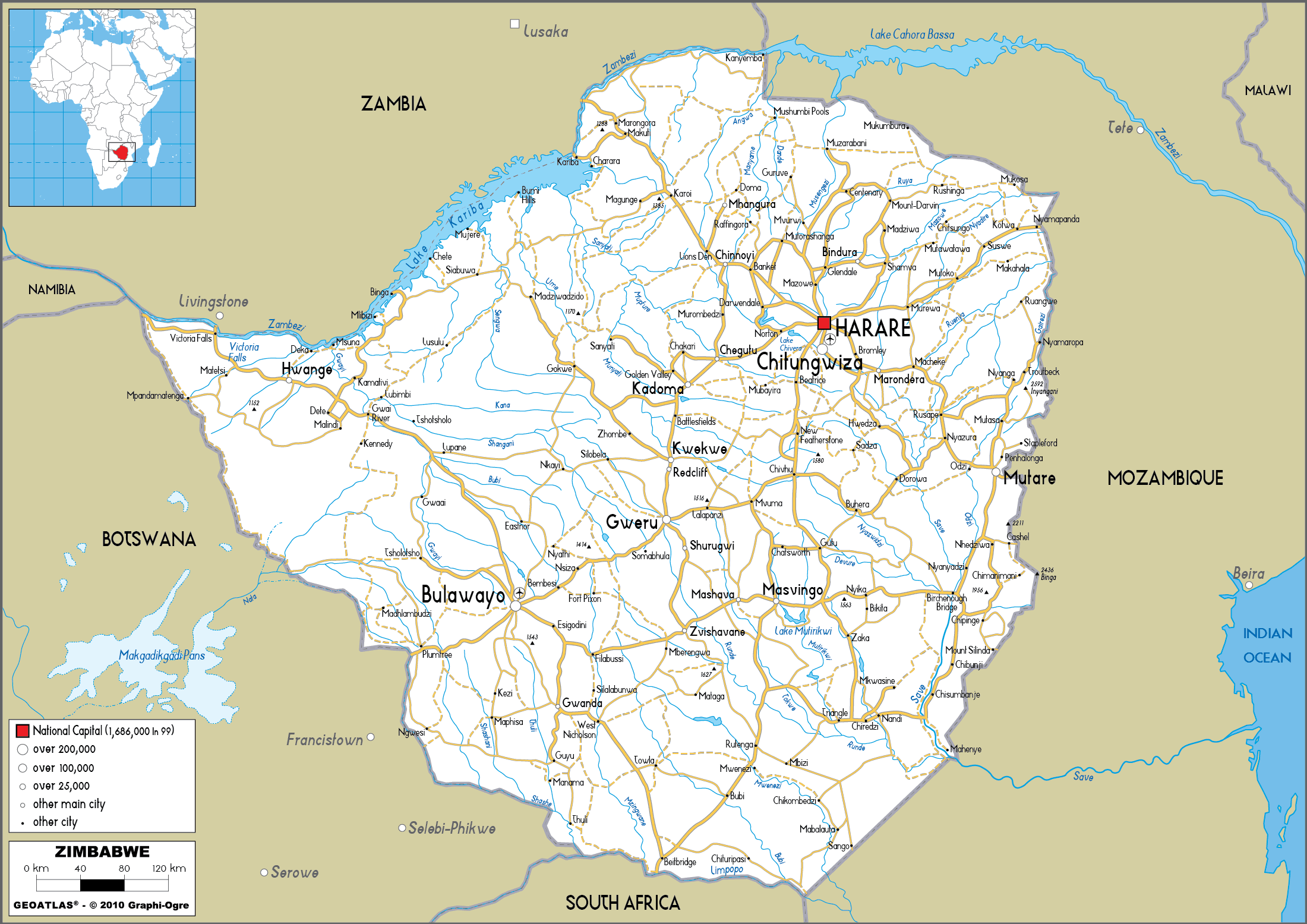- A road map is a type of map that is specifically designed to provide detailed information about roads and highways, as well as points of interest and other features that are relevant to drivers and travellers.
- Road maps are essential tools for navigation, trip planning, and exploration.
Features of road maps:
- Roads and highways: Road maps are designed to provide detailed information about roads and highways, including their names, numbers, and intersections.
- Points of interest: Road maps also indicate important landmarks, attractions, and facilities along the way, such as gas stations, rest areas, restaurants, and hotels.
- Distance indicators: Road maps often include distance indicators that show the distance between various points on the map, which can be useful for trip planning and navigation.
- Route planning: Road maps can be used to plan routes for trips and journeys, taking into account factors such as distance, time, and traffic conditions.
- Symbols and legends: Road maps typically use a variety of symbols and legends to represent different types of features, such as parks, airports, and historical sites.
- Scale: Like other types of maps, road maps include a scale that indicates the relationship between the map and the actual size of the area being represented.
- Directional information: Road maps often include directional information, such as compass roses, to help users orient themselves and navigate more easily.
- Cartographer: Road maps are created by cartographers, who use specialized techniques and tools to create accurate and detailed maps of the road networks and surrounding areas.
Uses of road maps:
- Navigation: Road maps are used by drivers and travellers to navigate their way to a particular destination, either by following a pre-planned route or by exploring new areas.
- Trip planning: Road maps can be used to plan trips and journeys, taking into account factors such as distance, time, and traffic conditions.
- Exploration: Road maps are often used by adventurers and explorers who want to discover new places and attractions along the way.
Limitations of road maps:
- Limited scope: Road maps are designed to provide information about roads and highways, but they may not provide detailed information about other types of features, such as natural landmarks or cultural sites.
- Inaccuracy: Road maps can become outdated or inaccurate over time, as new roads are built and old ones are decommissioned or changed.
- Limited interactivity: Unlike digital maps, road maps do not offer the same level of interactivity, such as real-time traffic updates or customized route planning.




